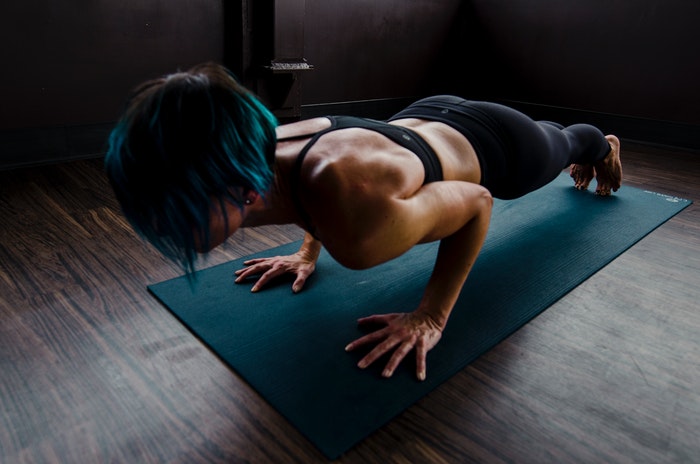
Physical activity guidelines issued by the U.S. Department of Health and Human Services recommend at least 150 minutes per week of moderate-intensity cardiovascular activity. Harvard Medical School suggested breaking those 150 minutes into segments: “30 minutes, five days a week — for all adults, even the elderly and disabled.”
However, all gyms, and many parks and walking and hiking trails, temporarily closed in late March and early April due to COVID-19′s stay-at-home mandates by U.S. governors.
No problem, expressed verywellfit.com in “9 Ways to Get a Great Cardio Workout at Home.

” Many basic exercises exert the right amount of energy to healthfully elevate one’s heart rate:
‒ Jump rope: Variations include jumping on one foot, alternating feet, crossing the feet, jumping with high knees and double turning the rope
‒ Jumping jacks: A plyo-jacks variation, squatting and then jumping in the air, burns even more calories than the standard 100 in 10 minutes
‒ Jog in place: Recommended is to alternate 30 to 60 seconds of jogging in place with strength exercises, such as squats, lunges, push-ups and dips, for 10 to 30 minutes
‒ Burpees: A high intensity workout involves 30 to 60 seconds of burpees, resting for 30-60 seconds, then repeating for 10 or more minutes
‒ Mountain climbers, which verywellfit.com pointed out “raise the heart rate while building strength and endurance in the core”
‒ Staircase climbs: A 10-minute workout involves repeatedly running or walking fast upstairs and then walking back down Stairs, whether inside or outside, are also ideal for push-ups, lunges, dips, squats and step ups — all of which count as part of a cardiovascular workout.
Additional verywellfit.com-recommended cardio exercises are kickboxing, squat jumps and bear crawl pushups.
Free online dance instruction, no-equipment workouts and even chair routines for injured and handicapped persons can accomplish daily cardio goals as well.
